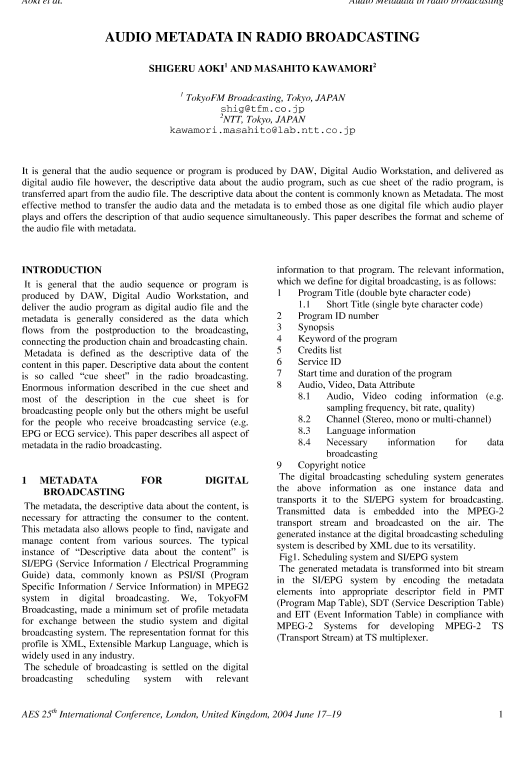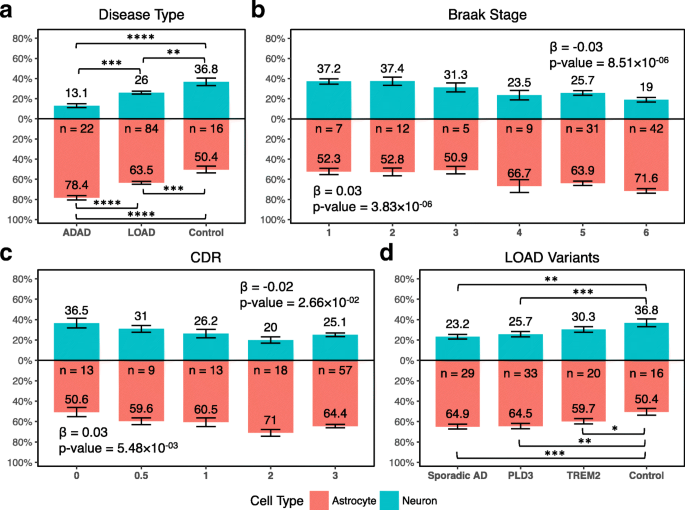Step 1: Display the table to be updated in transaction SE16N. Step 2: Once in display mode, please enter the command ‘&SAPEDIT‘ in the transaction code box (please refer to the screenshot below) and press the button ‘Enter’. And the fields will become editable. B) The second way is via debug mode (in case the first method does not works). UPDATE table SET column1 = expression1, column2 = expression2. Let's look at an example showing how to use the SQL UPDATE statement to update a single. ABAP COLLECT statement syntax to add up all numeric internal table values within SAP ABAP DELETE statement keyword to delete data from SAP internal and database tables ABAP DESCRIBE statement keyword to get information about tables and fields PERFORM TABLES command passing internal table as parameter ABAP read command to read line of internal table in SAP ABAP UPDATE command to modify database. ADRC is a standard SAP Table which is used to store Addresses (Business Address Services) data and is available within R/3 SAP systems depending on the version and release level. Below is the standard documentation available and a few details of the fields which make up this Table. This module differs from a standard change BAPI in that not only canexisting entries be changed, but address attribute telephone numbers,fax numbers, etc. Can also be deleted or inserted. Reference structures (checkboxes) are used to select entries to bechanged. Change an organization address.
It is basically used to bundle distributed updates within different programs spots, to one place (in FM).Such FM would store all the UPDATE/INSERT/DELETE statements which otherwise you would write in some program place. Now when system reaches CALL FUNCTION 'XXX' IN UDPDATE TASK it doesn't go inside. Instead in registeres this XXX FM in VBLOG table (you can see update tasks in SM13) to be executed later. Now when in program it reaches COMMIT WORK statement, it looks into that table and calls each registered functions.
The aim is to either COMMIT all the changes at once, or ROLLBACK them all. This means that if inside one of any FM these statements are encountered system writes changes to DB permanently. Next it clears VBLOG table (so no FM are registered for change anymore) and continues the program.
*************************************************************************
Creating Update Function Modules
To create a function module, you first need to start the Function Builder. Choose Tools®ABAP Workbench, Function Builder. For more information about creating function modules, refer to the ABAP Workbench Tools documentation.To be able to call a function module in an update work process, you must flag it in the Function Builder. When you create the function module, set the Process Type attribute to one of the following values:
- Update with immediate start
- Update w. imm. start, no restart
- Update with delayed start
To display the attributes screen in the Function Builder, choose Goto→Administration.
Defining the InterfaceFunction modules that run in the update task have a limited interface:
- Result parameters or exceptions are not allowed since update-task function modules cannot report on their results.
- You must specify input parameters and tables with reference fields or reference structures defined in the ABAP Dictionary.
 CALL FUNCTION update_function IN UPDATE TASK
CALL FUNCTION update_function IN UPDATE TASK[EXPORTING p1 = a1 p2 = a2 ...]
[TABLES t1 = itab1 t2 = itab2 ...].
This statement registers the update function module specified in update_function. update_function must be a character-type field, which during execution of the statement contains the name of an update function module in uppercase letters.
 An update function module is a function module, for which in the Function Builder the property update module is marked. The registration of an update function module is an essential part of the update task.
An update function module is a function module, for which in the Function Builder the property update module is marked. The registration of an update function module is an essential part of the update task. The function module is not executed immediately, but is scheduled for execution in a special work process (update work process). For this purpose, the name of the function module including the passed actual parameters is stored as a log record in the database table VBLOG. If the statement is executed during the update task, the addition IN UPDATE TASK is ignored.
If the statement
SET UPDATE TASK LOCAL is executed before registration of an update function module in the current SAP LUW, registration takes place in the ABAP memory rather than on the database, and for the current work process.
The actual execution is triggered by the statement COMMIT WORK. The formal parameters of the function module receive the values of the actual parameters from table VBLOG. A function module that is registered several times will also be excuted several times with the respective parameter values.
If a COMMIT WORK
 statement is not executed after registration of a function module during execution of the current program, the function module is not executed and is deleted from table VBLOG at the end of the program.
statement is not executed after registration of a function module during execution of the current program, the function module is not executed and is deleted from table VBLOG at the end of the program. Addition 1
... EXPORTING p1 = a1 p2 = a2 ...Fm To Update Adrc Tablet

Addition 2
... TABLES t1 = itab1 t2 = itab2 ...Effect
The additions EXPORTING and TABLES have the same syntax and meaning as in theFm To Update Adrc Table 2019
parameter_list of the general function module call, except that for EXPORTING, no Referenzvariablen or data objects that contain reference variables can be output as actual parameters.Notes
- The additions IMPORTING, CHANGING and EXCEPTIONS of the general function module call may be specified, but they are ignored during the execution. The additions for a dynamic parameter transfer are not allowed.
- While an update function module is processed in an update work process, you are not allowed to execute the statements SUBMIT, CALL DIALOG, CALL SCREEN, CALL TRANSACTION, COMMIT WORK, ROLLBACK WORK and all other statements that provoke a database commit.
- If during the update an error occurs, the update work process executes a database rollback, returns the log record with a note into table VBLOG and informs the user whose program has created the log record by SAPMail. After removing the error cause, the returned log records can be updated again.